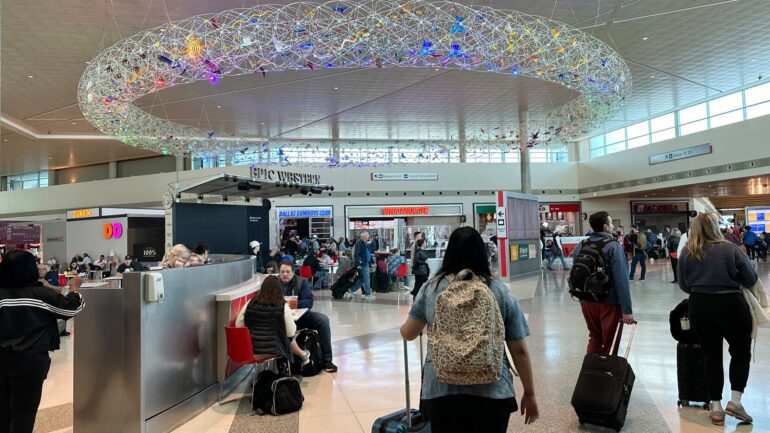TL;DR:
- Mikha Sabu and team utilize AI to recover lost items at Dallas-Fort Worth Airport.
- About 90% of lost items are returned to owners through AI assistance.
- The process involves reporting a missing item, AI matching details with found items, and shipping it to the owner.
- Hallmark Aviation Services operates the Lost and Found software across 11 airports.
- AI’s ability to identify distinctive markers aids in locating lost items.
- Notable recoveries include 600 rings, 400 watches, and a wedding dress saved just in time.
Main AI News:
In the bustling terminals of Dallas-Fort Worth International Airport, a dedicated team led by Mikha Sabu employs the power of artificial intelligence to reunite travelers with their misplaced possessions. Sabu, an integral member of the airport’s lost and found department, shared with CBS News, “Once we find that item for them, they will be so happy.“
Each year, over 18,000 items are reported as lost by travelers passing through DFW. Thanks to the assistance of artificial intelligence, a remarkable 90% of these lost items find their way back to their rightful owners, according to the airport authorities.
But how does this remarkable system operate? It begins with a traveler reporting a lost item and providing relevant details about the missing object. The AI software then leaps into action, meticulously comparing the item’s particulars with a database of discovered items, complete with photographs and descriptions. When a confirmed match is identified, the lost item is promptly dispatched to its delighted owner.
Hallmark Aviation Services operates the Lost and Found software, which extends its services to 11 other airports. Shimaa Fadul, responsible for daily operations at DFW’s lost and found department, elucidates that AI’s keen eye for distinctive markers, such as stickers or serial numbers, proves invaluable in the quest to locate any lost item.
In the current year alone, Fadul’s team has successfully recovered close to 600 rings and over 400 watches, including a remarkable collection of seven Rolexes, all unintentionally left behind by their owners.
Nonetheless, one heartwarming story stands out among the rest—a tale of a wedding dress discovered just 24 hours before the bride’s momentous day. “And you cannot imagine that she doesn’t have anything to wear on her wedding day,” Fadul recounts. In a race against time, the airport expedited the dress, ensuring it arrived in time to make the bride’s dreams come true.
Conclusion:
The implementation of AI-powered lost and found services at Dallas Airport has demonstrated impressive results, with a 90% success rate in reuniting travelers with their misplaced items. This technology not only enhances customer satisfaction but also presents a significant market opportunity for airports and service providers looking to improve passenger experiences and generate additional revenue streams through lost and found services.

